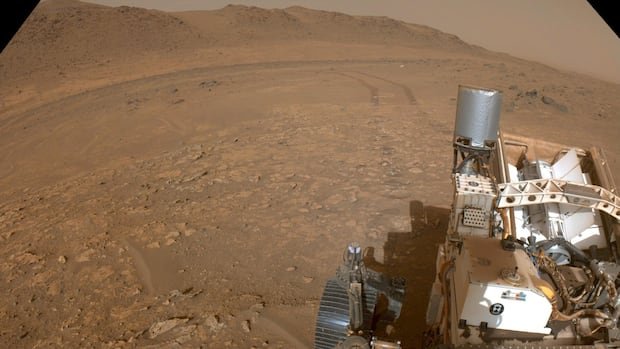Excitement rises among scientists regarding the most recent geological findings hinting at potential life on Mars. The Red Planet, however, continues to keep its secrets guarded, leaving room for non-life explanations for these discoveries.
Geologist Joel Hurowitz highlighted the discovery made by the Perseverance rover, exploring a former river delta that flowed into an ancient Martian lake. The presence of vivianite and greigite, two chemicals typically associated with microbial activity on Earth, has sparked enthusiasm. Yet, these formations could also arise from chemical reactions, leaving the evidence for Martian life inconclusive.
Since astronomer Percival Lowell’s observations in 1894, Mars has captivated imaginations with the possibility of life. Lowell’s theory of engineered canals on Mars fueled science fiction narratives like H.G. Wells’ “War of the Worlds,” envisioning advanced Martian civilizations. However, subsequent robotic missions to Mars in the 1970s debunked Lowell’s theories, revealing a barren, cratered landscape more akin to the moon.
Despite decades of exploration, definitive proof of life on Mars remains elusive. Recent discoveries, such as the detection of large organic molecules by NASA’s Curiosity rover, continue to fuel speculation. The search for life on Mars may shift focus to its subsurface, where conditions could support microbial life, similar to deep Earth ecosystems.
Looking beyond Mars, the universe’s vast expanse offers potential for life on numerous exoplanets, some possibly hidden beneath inhospitable surfaces. NASA’s new class of astronaut candidates, preparing for moon and Mars missions, may need to consider deep drilling techniques to explore subsurface environments for signs of life on other worlds.
